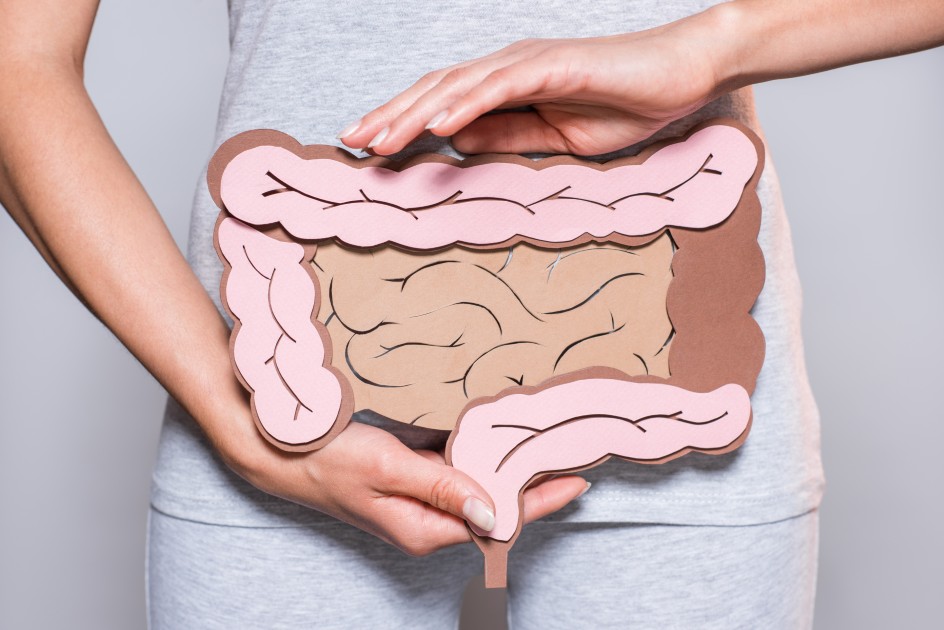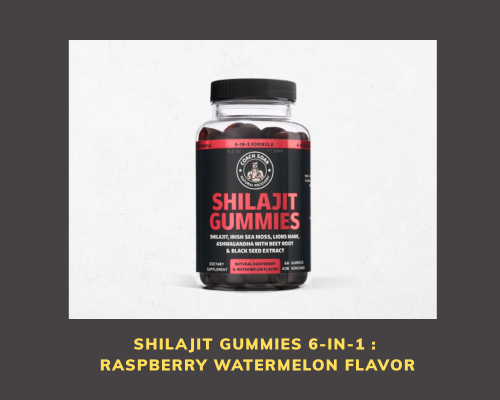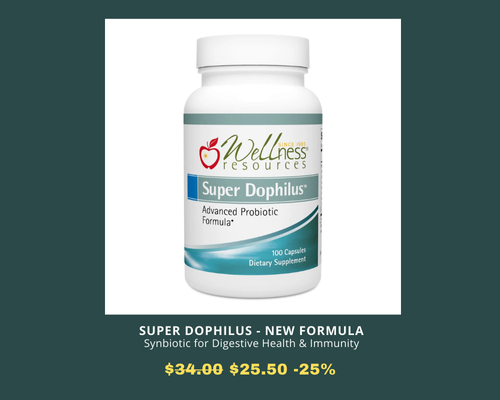Ever wonder why a high-fiber diet seems to melt pounds off some people but not others? The answer might lie in your gut. New research suggests that certain gut microbes are squeezing extra calories out of the fiber you eat, essentially turning fiber into additional fuel, sciencealert.com. In other words, your gut bacteria could be making that salad a bit less “light” than you thought. But before you swear off broccoli, remember that fiber is still your friend.

How Gut Microbes Turn Fiber into Energy
Your digestive system isn’t alone in handling food. Microbes in your gut break down what you eat – especially dietary fiber that your body can’t digest on its own. As these microbes ferment fiber in your colon, they produce short-chain fatty acids (SCFAs) – compounds your body can absorb and burn as fuel. Fiber that would otherwise pass through unused is converted into calories. Fiber can provide about 2 Calories per gram via this process, macrofactorapp.com. However, that energy boost isn’t the same for everyone – it depends on the types of fiber and the mix of bacteria in your gut.
Meet the Methane Makers: Hidden Calorie Harvesters
One group of gut microbes plays a big role in extracting extra energy: the methanogens (methane-producing microbes). These microbes consume the excess hydrogen gas produced during fiber fermentation and generate methane in return. By clearing away hydrogen, methanogens allow other microbes to keep fermenting fiber efficiently, producing more SCFAs – and thus more calories for you.
The catch: only some people have lots of methanogens in their gut. Roughly half of us harbor these methane-producing microbes, discovermagazine.com, while others have few or none. These hidden helpers might be silently ensuring you extract every possible calorie from a high-fiber meal – while someone without them could be leaving some of that energy on the table.

High-Methane Guts Absorb More Calories
A new study shows how much methanogens can matter. In a controlled trial, 17 adults alternated between a fiber-rich diet and a low-fiber Western diet in a facility that tracked their metabolism and gas output. Result: on the high-fiber diet, individuals with methane-producing microbiomes absorbed significantly more calories from their food than those with minimal methane.
Researcher Blake Dirks noted this difference “has important implications for diet interventions” because it shows people on the same diet can respond differently due to their gut microbes. The high-methane group also had higher levels of SCFAs in their blood, especially a fatty acid called propionate. Propionate is linked to health perks like fewer junk-food cravings, so the methane-rich guts were also producing more of this beneficial compound, along with the extra calories sciencealert.com.
What It Means for Your Diet and Health
Don’t worry – high-fiber diets are still among the healthiest choices. In the study, everyone – methane producers or not – absorbed fewer calories on the fiber-rich diet than on the processed-food diet. Fiber keeps you full, aids digestion, and feeds your good gut bacteria. These findings just underscore that nutrition isn’t one-size-fits-all.
If your gut is a “super-harvester” for calories, a fiber-packed menu might give you a bit more energy than someone else. Over time, that could make weight loss a little slower (or weight gain easier) even if you’re eating the same foods as a friend. This discovery is pushing nutrition toward personalized diets that consider each person’s unique microbiome.
Methanogens likely helped ancient humans survive by squeezing every drop of nutrition from fibrous plants when food was scarce. Today, with calories everywhere, that efficiency can be a double-edged sword – giving you extra energy you don’t need.
Pro Tips for a Healthy, Happy Gut

While you can’t (and shouldn’t) purge your methane-makers to cut calories, you can make choices to keep your gut – and the rest of you – healthy:
- Keep feeding your fiber friends: Don’t let “extra calories” scare you away from fiber. The benefits of fiber-rich veggies, fruits, and whole grains – better digestion and easier weight management – far outweigh a few additional calories.
- Focus on whole foods over processed: No matter how efficient your gut microbes are, you’ll absorb more calories from a sugary, processed diet than from a high-fiber, whole-food diet. Cutting down on junk will help your waistline more than worrying about a bit of methane.
- Find what works for your gut: Everyone’s microbiome is different, so pay attention to how high-fiber foods make you feel. If beans or veggies give you gas, introduce them gradually so your system can adjust. Try to diversify your plant foods to foster a robust gut community.
The Bottom Line
For some of us, gut bacteria turn fiber into more calories than expected. The old saying “you are what you eat” might need an update: you are what your microbes do with what you eat. The good news is that fiber-rich foods are still some of the best things you can eat – just know that your results may vary. If you’re eating healthy but not seeing the expected results, your microbiome might be a missing piece of the puzzle.
As science continues to reveal these gut secrets, we’ll get better at tailoring diets to our individual microbiomes. In the meantime, nourish your body and your beneficial gut bugs – taking care of your gut is among the best things you can do for your health.












